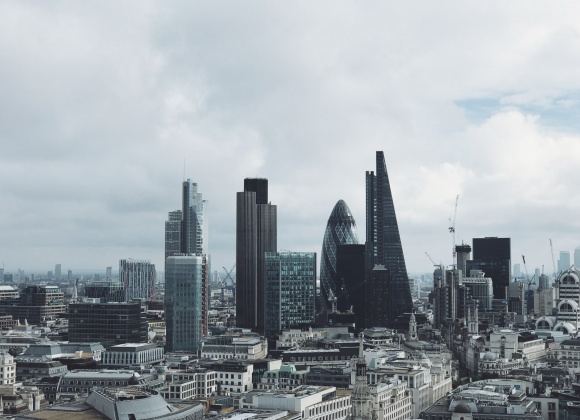A Brief History of London
Known as one of the world’s primary cultural hubs, home to a seemingly infinite array of different individuals and communities speaking over 300 different languages, the bustling and chaotic capital of England sees a vast history stretching back almost 2000 years.
London was first founded in 47 AD by the Romans who landed in Kent and travelled up the River Thames settling upon a suitable place that could be used as a port, naming it Londinium.
At its peak, Londinium had a population of 60,000 people and was the largest city in Britannia for 300 years. Surrounded by a 20-feet-high wall, the city was much like any other typical Roman settlement; home to the likes of a forum, public baths and an amphitheater that could hold 8,000 people.
By the time the Roman empire was eventually in decline and soldiers were no longer being sent to the city from Rome, London was all but abandoned around 410 AD. This would see the area under different control for the following centuries with the likes of the Angles, the Vikings and The Saxons battling and invading the area up until the end of the first millennium.
The city began to grow in to a major trading city, inviting commercial wealth which attracted the establishment of the palace of Westminster, setting in motion the evolution of London into a royal city.
These days, tourists flock to some of the more historically important parts of the city, including the Tower of London which now houses the crown jewels and Tower ravens, and was once known for its function as a prison.
A long time prior to these periods however, the structure was first built back in 1078 by the Norman emperor William the Conqueror, who arrived as an invader in 1066. Designed as a fortress to both demonstrate the strength of his rule over the British people, and to control his newly conquered territories, the building was known as the White Tower, before later becoming the more well-known Tower of London.
Whilst the Greater London of today covers 600 square miles, Medieval London was confined to the original walled area that the Romans established, largely crammed into a single square mile, remaining this way until around the 17th century.
This time span however saw huge cultural and internal growth with the establishment of a horse market, where horse races and public executions took place, attracting large crowds, along with the likes of wrestling and archery tournaments.
And whilst these new introductions may have been a splendid addition to Londoner life, the introduction of something a little less pleasant will have brought the city’s inhabitants back to Earth: the bubonic plague.
The first major epidemic, commonly known as the Black Death, killed almost half of the city’s population within 4 years in 1347-1351, relief only coming during the colder winter months when the spread of the disease was subdued by a temporarily stemmed flea population.
And whilst the sporadic outbreaks of the plague – which came and went every 20-30 years for over 300 years – would clearly have had an overwhelming impact on the history of London, the biggest disaster to hit was the great fire of 1666.
Since the majority of the city’s buildings were constructed with timber, the small fire that started in a baker’s house spread rapidly, destroying 70% of London’s architecture. This catastrophe saw the setting up of the London Building Act which required all buildings to be built of brick and to a standard design, the basis of which would be used for 200 years. Many of these, you will still see standing today.
With the exponential rise in the British Empire, unprecedented wealth came London’s way.
The pinnacle of this accelerated development was during the reign of Queen Victoria when the city’s population grew from 1 million to 6 million in a little over 100 years. This was a result of dynamic industrialisation, railway construction, as well as the introduction of the world’s first underground railway in 1863. The Tube revolutionised how cities planned public transit systems, seeing imitations in places such as New York and Paris.
The 20th century saw the city survive two world wars, both of which would transform the cityscape through heavy bombings. The city was left in ruins following WWII which would see the introduction of council housing to replace the lost homes of the pre-war period, and this would give rise to the outward growth of the city, creating the miles upon miles of today’s London suburbia.
Home to almost 9 million people, London of 2019 is a global centre for finance, art and fashion, no doubt thanks to the frenzied history that has created the city we know and love.



